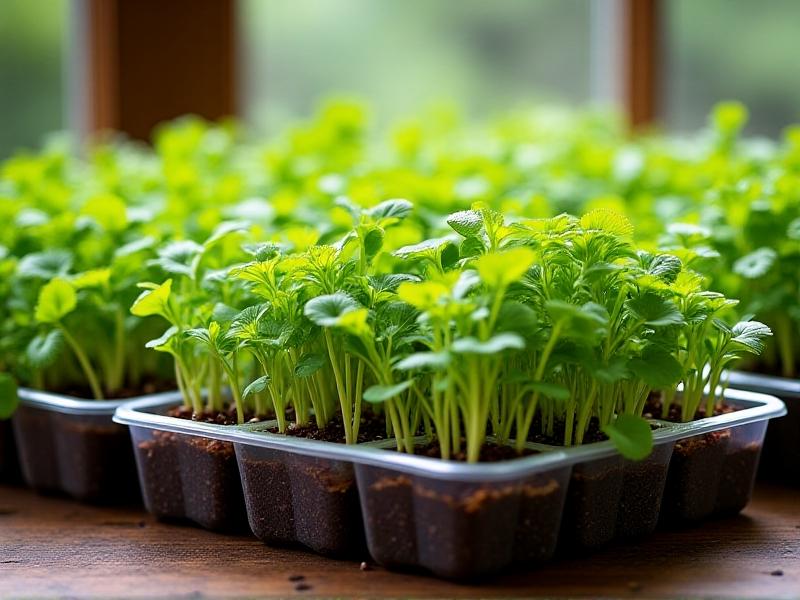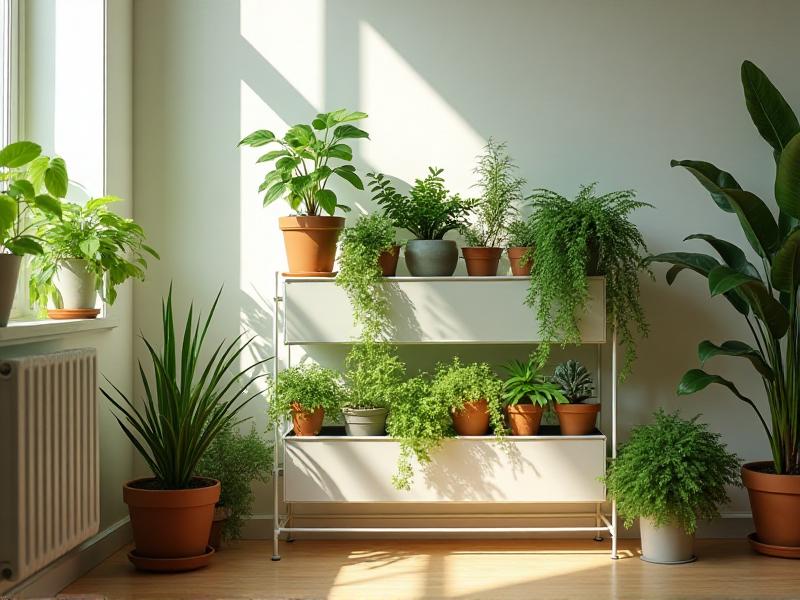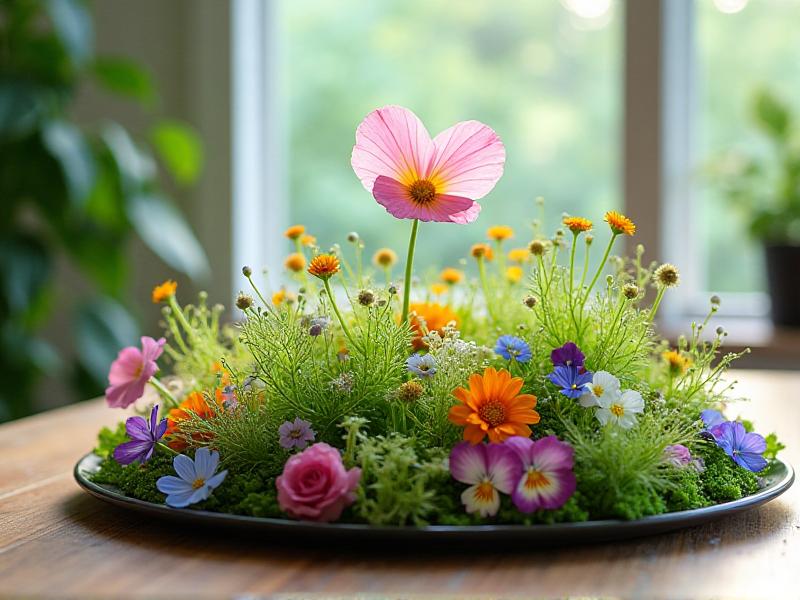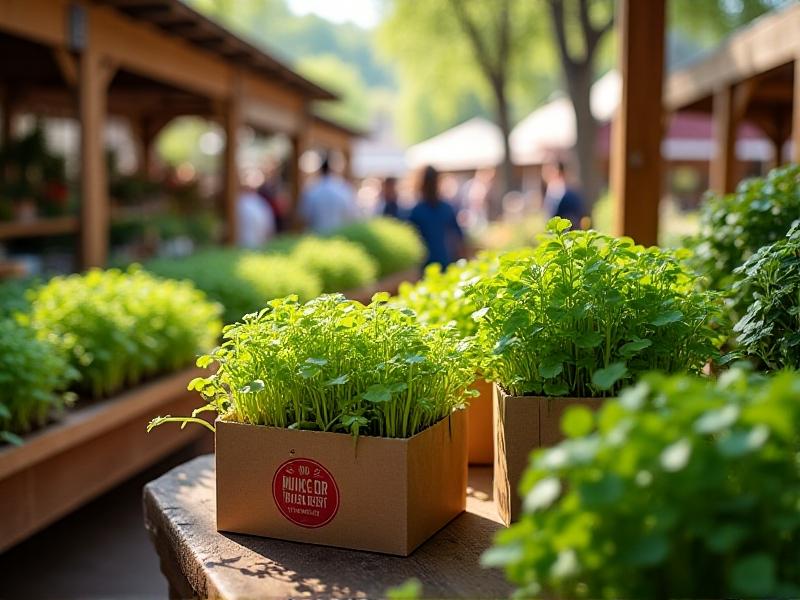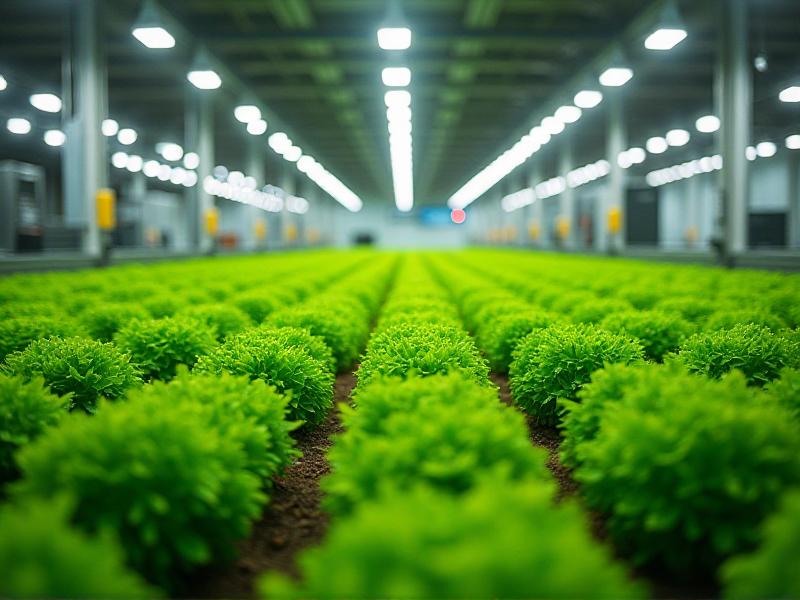Preventing Damping-Off Disease Naturally
Understanding Damping-Off Disease
Damping-off disease is a common and devastating issue for gardeners and farmers, particularly affecting seedlings in their early stages of growth. This disease is caused by a variety of soil-borne fungi, including Pythium , Rhizoctonia , and Fusarium , which thrive in damp, poorly ventilated environments. The symptoms are unmistakable: seedlings suddenly collapse, often with a water-soaked appearance at the base of the stem. Left unchecked, damping-off can wipe out entire crops, making it a significant concern for anyone starting plants from seed.
Understanding the conditions that promote damping-off is the first step in prevention. Overwatering, high humidity, and poor air circulation create the perfect environment for fungal growth. Additionally, using contaminated soil or tools can introduce the pathogens to your garden. Recognizing these risk factors allows you to take proactive measures to protect your seedlings.

Choosing the Right Soil and Containers
The foundation of healthy seedlings begins with the soil and containers you use. Opt for sterile, well-draining potting mix specifically designed for seed starting. Avoid garden soil, which may harbor fungal pathogens. Sterilizing your containers before use is equally important. Wash them thoroughly with a solution of one part bleach to nine parts water to eliminate any lingering spores.
Consider using biodegradable pots made from materials like peat or coconut coir. These not only reduce the risk of contamination but also allow for easy transplanting, minimizing root disturbance. Proper drainage is critical, so ensure your containers have adequate holes to prevent water from pooling at the bottom.
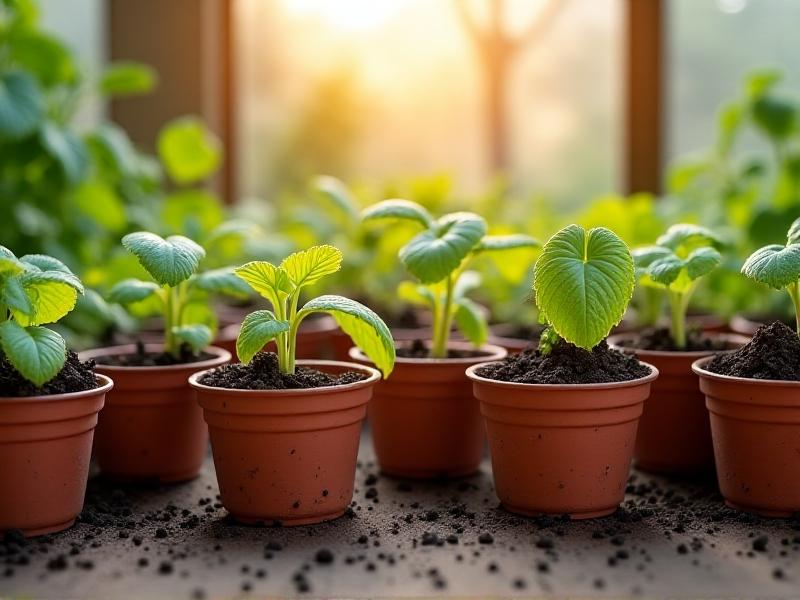
Watering Techniques to Prevent Damping-Off
Watering practices play a pivotal role in preventing damping-off disease. Overwatering is one of the most common mistakes, as it creates the damp conditions fungi love. Instead, water seedlings from the bottom by placing containers in a tray of water and allowing the soil to absorb moisture. This method keeps the surface dry, reducing the risk of fungal growth.
Monitor soil moisture carefully, ensuring it remains consistently moist but not waterlogged. Using a spray bottle to mist the soil surface can help maintain the right balance. Additionally, water in the morning to allow excess moisture to evaporate during the day, reducing humidity levels around the plants.
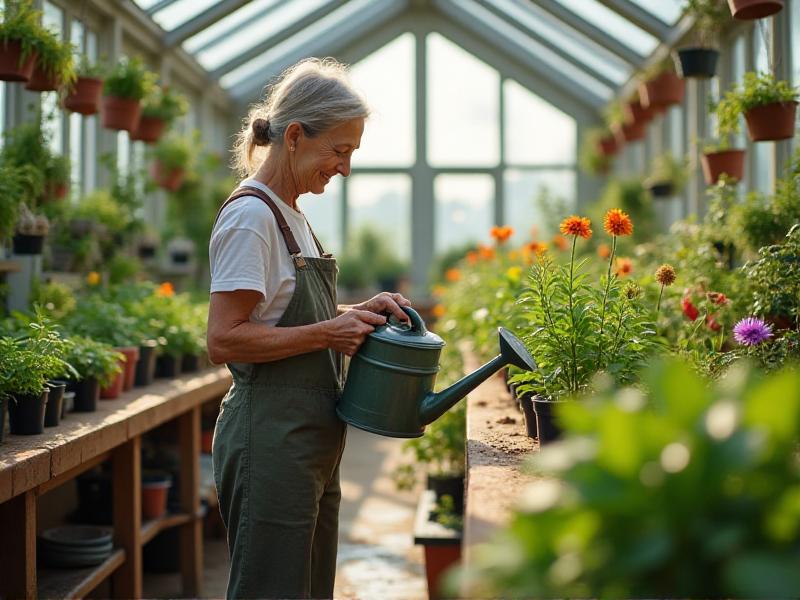
Improving Air Circulation and Light Exposure
Good air circulation is essential for preventing damping-off disease. Stagnant air increases humidity, creating an environment where fungi thrive. Use a small fan to gently circulate air around your seedlings, ensuring it’s not too strong to avoid damaging delicate plants. Positioning seedlings in a well-ventilated area also helps.
Light exposure is another critical factor. Seedlings need plenty of light to grow strong and healthy. Insufficient light can weaken plants, making them more susceptible to disease. If natural light is limited, consider using grow lights to provide the necessary intensity and duration for optimal growth.
Using Natural Fungicides and Soil Amendments
Incorporating natural fungicides and soil amendments can further protect your seedlings from damping-off. Chamomile tea, for example, has antifungal properties and can be used as a gentle soil drench. Similarly, cinnamon powder sprinkled on the soil surface can inhibit fungal growth.
Compost tea is another effective option, as it introduces beneficial microbes that compete with harmful fungi. Adding organic matter like well-rotted compost to your soil improves its structure and promotes a healthy microbial balance, reducing the likelihood of disease.
Practicing Crop Rotation and Sanitation
Crop rotation and sanitation are vital strategies for preventing damping-off disease in larger gardens or farms. Avoid planting susceptible crops in the same location year after year, as this can lead to a buildup of fungal pathogens in the soil. Rotate with non-host crops to disrupt the life cycle of these fungi.
Maintaining cleanliness in your garden is equally important. Regularly disinfect tools, trays, and work surfaces to prevent the spread of disease. Remove and dispose of any infected plant material promptly to avoid contaminating healthy plants.
Encouraging Beneficial Microorganisms
Beneficial microorganisms play a crucial role in suppressing damping-off disease. Mycorrhizal fungi and beneficial bacteria can outcompete harmful pathogens, creating a healthier soil ecosystem. Introducing these microorganisms through products like mycorrhizal inoculants or compost tea can enhance soil health and protect your seedlings.
Cover crops like clover or rye can also improve soil microbiology while adding organic matter. These practices not only prevent disease but also contribute to the overall vitality of your garden.
Monitoring and Early Intervention
Regular monitoring is key to catching damping-off disease early. Inspect your seedlings daily for signs of wilting, discoloration, or water-soaked stems. If you notice any symptoms, act quickly to remove affected plants and adjust your growing conditions.
Early intervention can prevent the spread of disease to healthy seedlings. Isolating infected plants and treating the soil with natural remedies can help salvage your crop. Staying vigilant ensures you address issues before they escalate.
Learning from Experience and Adapting Practices
Every gardener’s journey with damping-off disease is unique. What works in one situation may not be effective in another, so it’s essential to learn from experience and adapt your practices accordingly. Keep a journal to track your methods, successes, and challenges, using this information to refine your approach over time.
Sharing experiences with other gardeners can also provide valuable insights. Join gardening forums or local clubs to exchange tips and strategies for preventing damping-off disease naturally.
